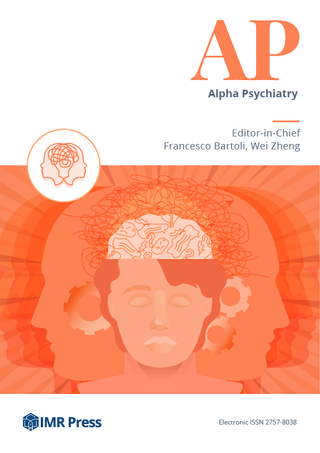Alpha Psychiatry Transition Announcement

Starting from 2025 Volume 26, Issue 1, Alpha Psychiatry will be published by IMR Press.
The journal's website has been updated. For the latest information and access to the journal, please visit the new website.